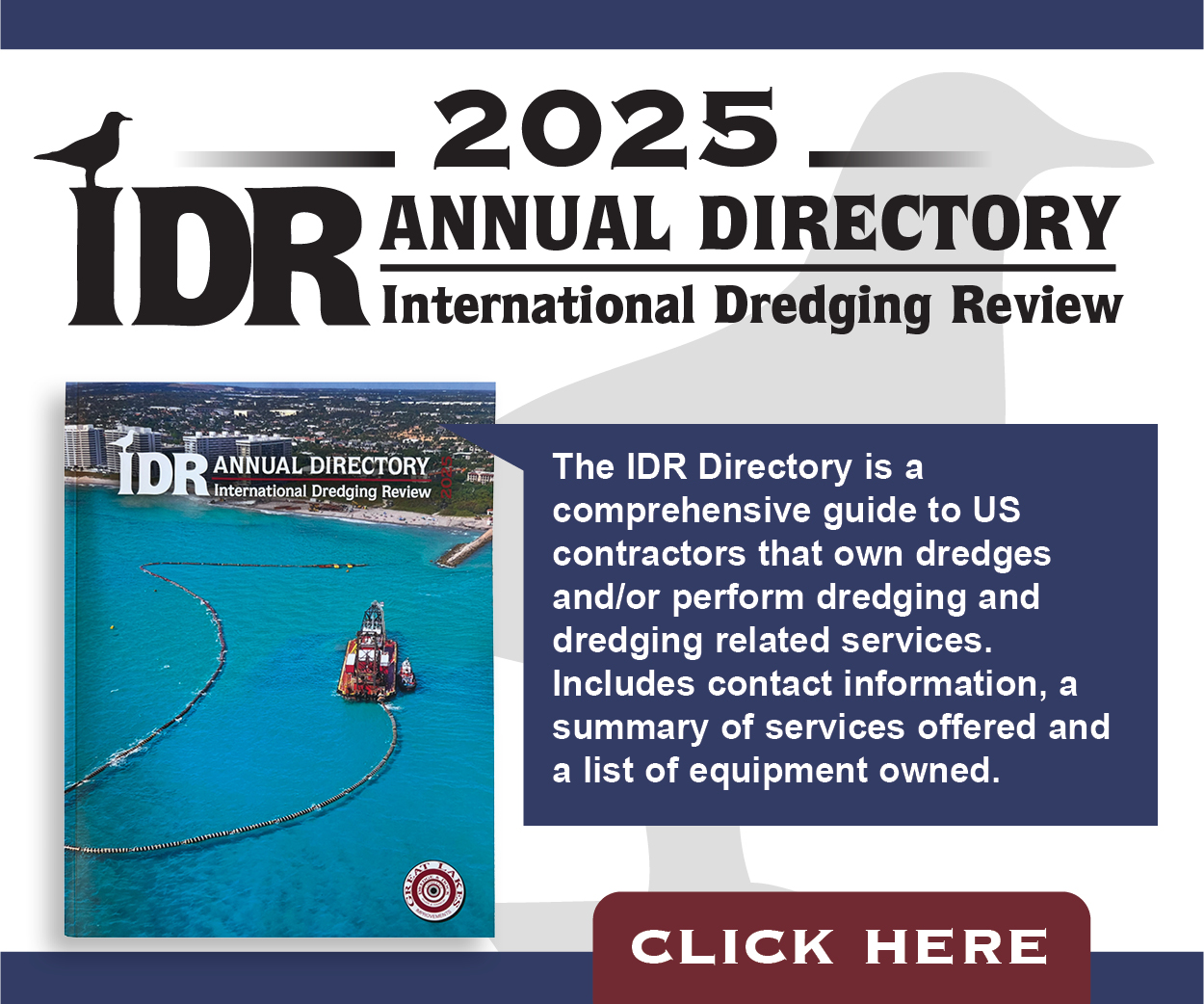Materials Costs Cause Difficulties For Coast Guard’s ATON Contractor
The U.S. Coast Guard wants you to know that it is not in danger of running out of buoys on the inland waterways.
That concern emerged when word reached some industry sources that a contractor who makes buoys for the inland waterways was having difficulties, reportedly due to the rising cost of materials, mostly steel. The subject came up in recent meetings of industry leaders with Coast Guard officials.
The Coast Guard confirmed to The Waterways Journal that the contractor that manufactures buoys for the western rivers, H&G Marine Services, “is on track to satisfy their contract, which ends in November.” After that, the Coast Guard will follow standard procedures for soliciting bids and finalizing contracts from available vendors, a process that could take six to nine months. It’s unknown, however, how long it would take for the new contactor to begin producing them.
Capt. Eric Carrero, director of western rivers and waterways at District Eight, said the Coast Guard is performing an inventory of its stock of aids to navigation (ATONs). There are reportedly about 1,200 buoys remaining in the contract, plus whatever is in the reserve.
He said in some cases, it might be possible to substitute plastic for steel buoys if necessary. According to a professional mariner, however, plastic buoys will not be picked up by radar.
“We’re still running all buoy tenders,” Carrero added.
The Coast Guard would not confirm the reason for the contractor not renewing its contract. But the price of steel skyrocketed during the pandemic. In the early spring of 2020, when COVID-19 took hold in the United States, several domestic steel mills that produce flat-rolled products shut down. Demand also went down temporarily. But in August 2020, when lockdown restrictions loosened and demand rebounded, the price of steel shot up. Restrictions in China also raised the price of imported steel. Prior to the pandemic, the benchmark price for hot-rolled steel traded in the $500 to $800 per short ton range. The latest quote for hot-rolled steel in October was $1,904.00 per short ton.
There are about 24,000 aids to navigation and 15,000 inland fixed buoys in District Eight’s area of responsibility. How many need to be replaced—the “burn rate” —depends on many factors, including water levels, weather, storm activity, collisions and breakaways.
Headquartered in New Orleans, the Eighth District encompasses three major regions covering more than 11,000 miles of waterways and 179,000 square miles of the Gulf of Mexico. A Coast Guard public affairs officer told The Waterways Journal, “The Coast Guard is not in danger of experiencing a buoy shortage nor does it anticipate any changes to impact the safety or functionality of the maritime transportation system.”
The Coast Guard’s Waterways Commerce Cutter (WCC) program is pressing ahead with plans to replace its 35 aging inland buoy tenders and construction tenders with 30 advanced replacement vessels. The Coast Guard wants to award the first contract for constructing the new WCCs in fiscal year 2022, and to have the first new WCC be in service by 2025. The Coast Guard’s proposed FY2022 budget requests $67 million in procurement funding for the WCC program.



